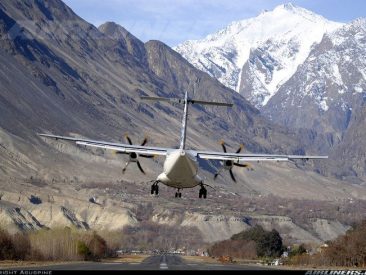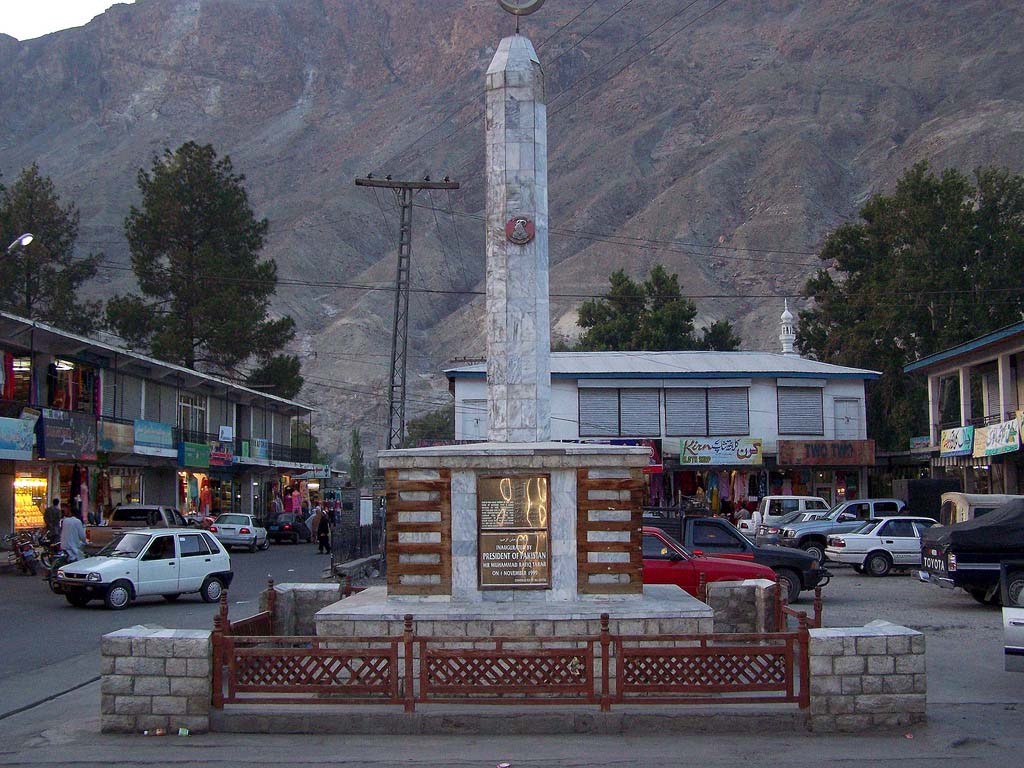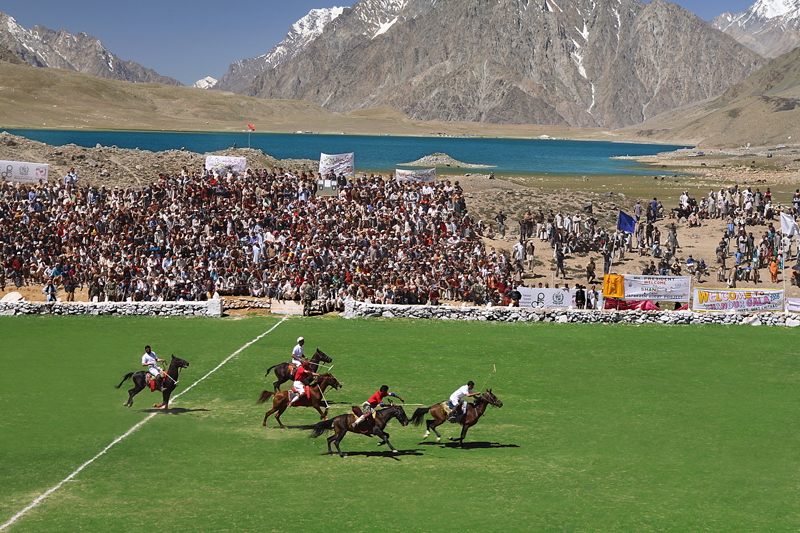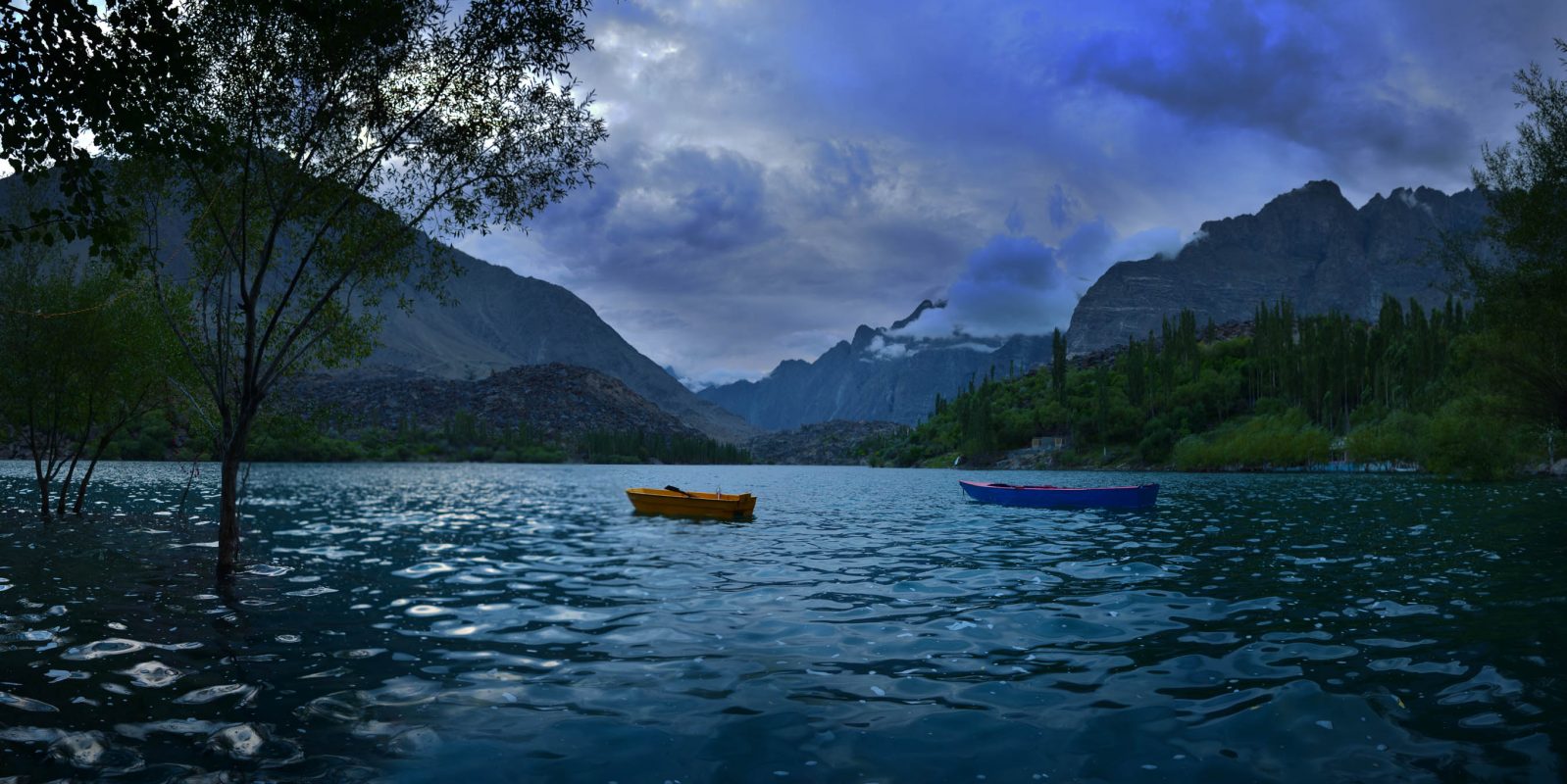Gilgit
Gilgit is the capital city of the whole Gilgit-Baltistan region, an administrative territory of Pakistan. Gilgit city is located near the confluence of the Gilgit River and Hunza River and it is situated between Karakorum and Hindukush Ranges.Gilgit is a major tourist destination in northern Pakistan,. It was an important stop on the ancient silk road, and today Gilgit is the main hub for all kind of traveller and it is linked with road connection via Karakoram Highway to China and Islamabad, through Ghizer road to Chitral.
Ancient History
Stone- age, people have been settled in the region in the early ages. Buddhism flourished in the region in the 7th and 8th century the curved Buddha in the west of Gilgit is the evidence of it. There is a strong evidence to suggest to links between Gilgit and the great Khushan Empire entered to Taxila in the first and second centuries and later the Huns were active perhaps by the 5th Century.
In 7th and 8th centuries Gilgit was ruled by Buddhist Palolas, whose kings maintained good diplomatic relations with Chinese Tang Empire. Chinese accounts refer to the area as pa-lo, lai, or Bolor in Muslim sources and Gilgit was called Little Bolor. The Chinese were followed by Tangs, and Chinese influence diminished following their defeat in the Central Asia in 751 AD by the Arabs.
The last Buddhist ruler of Gilgit was Sri Badat (he is remembered in some local legends), primarily of his cruelty and it is said that he ate fleshes of young children, that he ate nothing else. Shri Badat belonged to Trakhans, the dominant dynasty in the mediaeval history of Gilgit. The Trakhans ruled Gilgit through eight century to 1840. The Trakhans ‘period was both chaos and stability hardly surprising given the length of their rule and the history of this time catalogue of wars, truces, alliances and further wars with neighboring kingdoms.
Towards the end of Trakhans’ British and Sikhs rule influences in the region. In 1842 a Sikh Army from Kashmir arrived to Gilgit to driving back the local rulers and sold half of the population into slavery.
In the mean time following the decisive victory in the first Anglo Sikh War of 1846, the British had sold Kashmir to the Dogra Raja of Jammu Gulab Singh after he footed the bill for Sikhs’ war reparations. After the death of one of the strongest King of Yasin, Gohar Aman who dramatically pushed back the Dogra Raj from Gilgit returned to Gilgit under the direction of Gulab Singh. It was around this time British forced towards Gilgit in 1877 to 1881. The British were anxious about Russian invasion to Gilgit from the mountain passes appointed their political agent in Gilgit. From 1935 to 1947 Gilgit was under the control of British rule. Gilgit Baltistan came on the map of Pakistan on 1st November 1947 after two months of the independence Pakistan. The forces Gilgit scouts and the other forces arrested Brigadier Ghansara Singh was arrested at his home and placed under custody and Pakistani flag was raised over Gilgit. Meanwhile, in Gilgit a provincial Government had been set up. Assistance was requested from Pakistan. Gilgit Baltistan became province Northern Areas and Azad Jammu and Kashmir.
Gilgit-Baltistan Empowerment and Self-Governance Order 2009, was passed by the Pakistani cabinet and later signed by the President. It granted self-rule to the people of the former Northern Areas, now renamed “Gilgit-Baltistan,” by creating, among other things, an elected legislative assembly.
The key event in the recent history of Gilgit-Baltistan has been the development of transport infrastructure in the region especially the construction of Karakuram Highway.
What to do
There are many tourist attractions in Gilgit. Some of the famous things that one can do there is visiting bazars, watching polo game, visiting Kargha Buddha and small hikes through the old channels.
Bazars
Bazars are well worth a visit, particularly the small bazar area near 200 meter long suspension bridge, where the Kashmiri Bazar and Kirghiz shop setup by refugees are to be found. As you pass through the bazars you will find an amazing variety of goods for sale. There are many shops selling textiles and handicrafts which are worth exploring for souvenirs.
Polo
Another most exciting thing to do is to watch game of polo, the most popular sport here as in the rest of the northern areas.
There are many delightful easy walks you can take along the Gilgit valley, through the maize and vegetable fields and orchards of Apple and Mulberry, walnut and apricot trees to the foothills and grazing lands beyond. The villagers are cheerful and curious, and inevitably offer tea.
Kargha Nalla
About 6 miles away from Gilgit, along the Punial road, runs an ancient Nala known as Kargah nala. Kargah nala is famous for its crystal clear water than runs all the year and the serene beauty. In this valley is a beautiful rock engraved design of Buddha which is the main and very much famous attraction of this area. This rock carving is believed to be carved in around 7th century A.D. and was discovered by locals in year 1938-1939. The native folk tales about this Buddha tells that an aggress named Yakhsni was devoured by a man who lived in Kargah nala.




